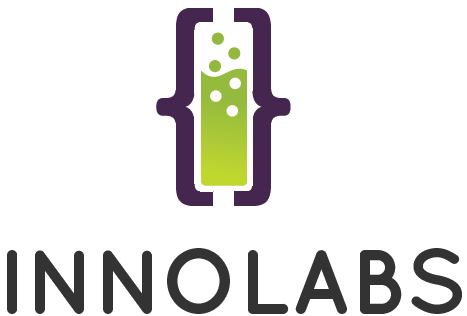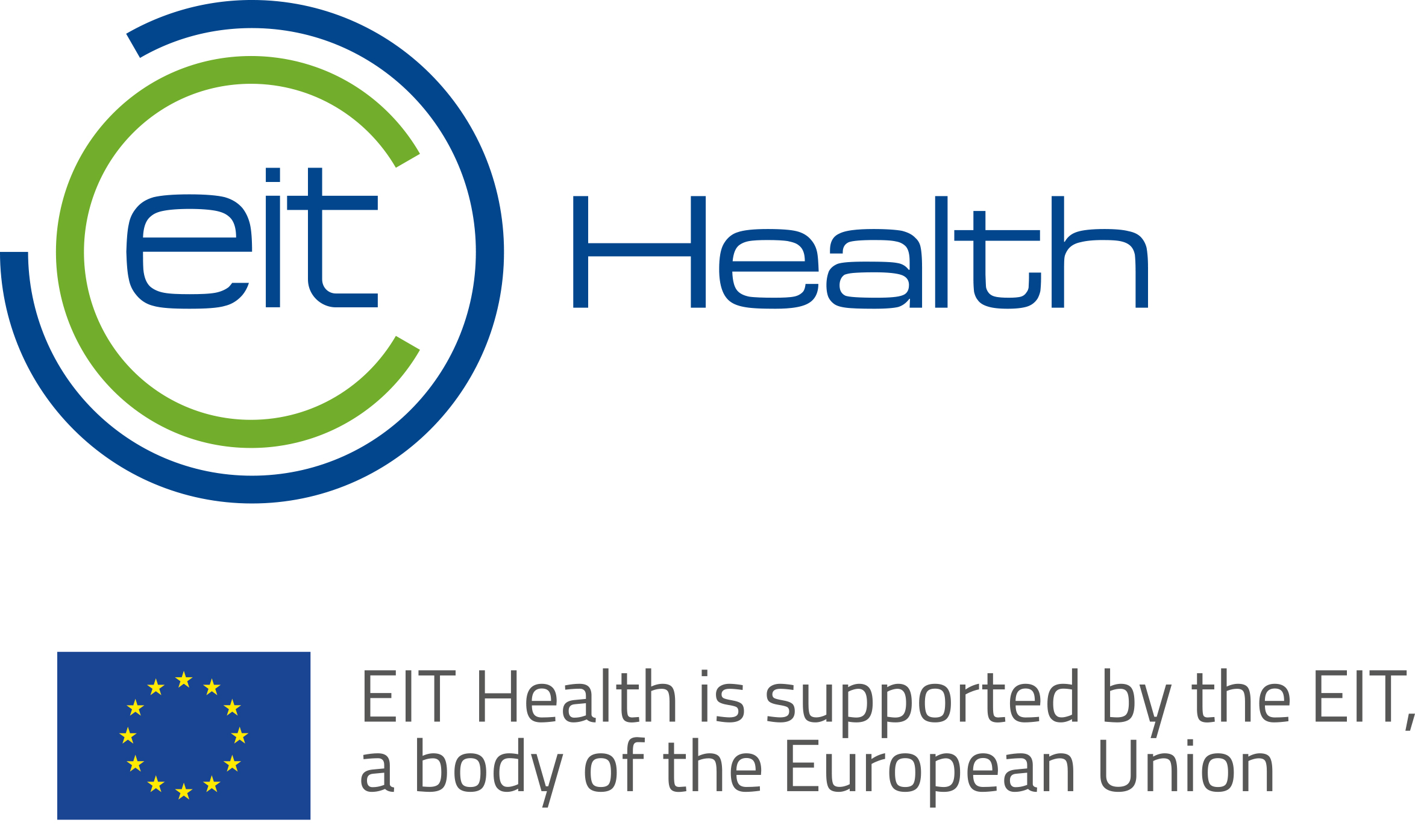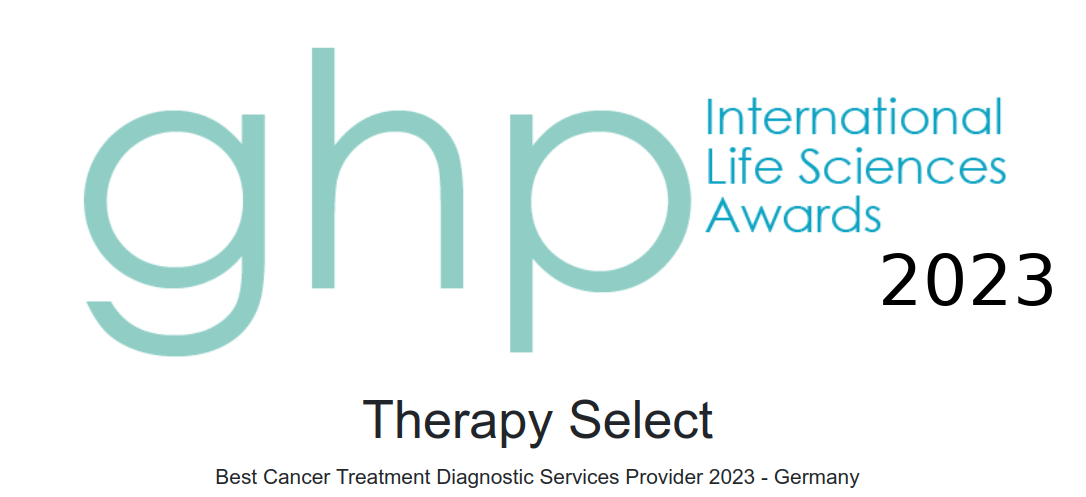Find Effective Drugs before Starting the Therapy!
No two cancer therapies are the same!
There is a wide range of different drugs which can be applied in treatment of breast cancer. This treatment includes classical chemotherapeutic substances, yet also anti-hormonal drugs and new targeted drugs are used. Which medication should be prescribed depends on different factors, e.g. the cancer stage and the general condition of the patient. In order to choose the right therapy there are medical guidelines for physicians. However, in some situations the guidelines do not give clear recommendations and propose equivalent treatment options.
Diagnostic assays can help to identify effective and ineffective drugs before the start of a therapy. The available spectrum of therapeutics can thereby be limited on the most promising substances. Our diagnostics contribute avoidance of unnecessary side effects as a consequence of an ineffective therapy and save valuable treatment time. Therefore we offer the following diagnostic tests:
- CTR-Test® - An efficacy test working on living tumor cells
- PCDx™ - A tumor-biomarker-analysis working on non-living, conserved tumor cells
- Guardant360® - A tumor-biomarker-analysis working with blood
Guidelines for the Treatment of Breast Cancer
Hereafter you can find an overview about guideline-recommendations, which are elaborated by medical specialist associations:
A part and parcel of the medical breast cancer treatment is the anti-hormonal therapy. It has to be distinguished if the woman's menopause has already set in or not. If a patient has not yet entered menopausal years, GnRH-analogs can be prescribed additionally. These analogs result in an elimination of the ovarian function. Though not all breast tumors respond to an anti-hormonal therapy. The efficacy of an anti-hormonal treatment can be tested in advance of therapy start.
Chemotherapeutics and targeted drugs are also a part of standard therapy. Generally two or three chemotherapeutic agents are used in a combination therapy.
Anti-Hormonal Drugs
| locally limited primary disease | premenopausal | tamoxifen |
| tamoxifen + GnRH-analogs | ||
| postmenopausal | aromatase inhibitors | |
| tamoxifen | ||
| local recurrence | aromatase inhibitors | |
| tamoxifen | ||
| distant metastases | premenopausal | aromatase inhibitors + GnRH-analogs |
| tamoxifen + GnRH-analogs | ||
| high-dose gestagens | ||
| postmenopausal | aromatase inhibitors | |
| fulvestrant | ||
| high-dose gestagens |
Chemotherapeutics and Targeted Drugs
| locally limited primary disease | chemotherapy | anthracyclines (e.g. doxorubicin, epirubicin) |
| taxanes | ||
| anthracyclines + taxanes | ||
| targeted drugs | trastuzumab | |
| local recurrence | selection of substances appropriate to previous therapy | |
| distant metastases | chemotherapy | alkylating agents |
| anthraquinones | ||
| anthracyclines | ||
| capecitabine | ||
| eribulin | ||
| fluoropyrimidines | ||
| platinum complexes | ||
| taxanes (e.g. docetaxel, paclitaxel) | ||
| vinorelbine | ||
| targeted drugs | bevacizumab | |
| lapatinib | ||
| trastuzumab |
This tables are based on the "Interdisziplinäre[n] S3-Leitlinie für die Diagnostik, Therapie und Nachsorge des Mammakarzinoms", issued by the Association of the Scientific Medical Societies in Germany (Arbeitsgemeinschaft der Wissenschaftlichen Medizinischen Fachgesellschaften e.V., AWMF), the German Cancer Society (Deutsche Krebsgesellschaft, DKG) and the Germany Society for Gynaecology and Obstetrics (Deutsche Gesellschaft für Gynäkologie und Geburtshilfe, DGGG) [1].
Efficacy Tests of Drugs for Breast Cancer
Which drugs can be tested in their efficacy by our diagnostic tests? The following tables give you information on the substances recommended by the guidelines, but also about further drugs which can be found as additional treatment options in literature. These substances are classified in the following categories:
- Chemotherapeutics / Cytostatic Agents
- Targeted Drugs
- Anti-Hormonal Drugs (subgroup of targeted drugs)
In addition the frequently used combination therapies are listed below.
The testabilities for the CTR-Test® and the PCDx™ are also given.
Chemotherapeutics
| Substance name | Efficacy testable by living tumor & blood (living cells) | Efficacy testable by archived tumor (FFPE) | Efficacy testable by blood (plasma) | Reference |
|---|---|---|---|---|
| 5-fluorouracil (5-FU) | yes | yes | not yet | [1], [2], [3], [4] |
| capecitabine | yes | yes | not yet | [1], [2], [3], [4] |
| carboplatin | yes | yes | yes | [1], [2], [3], [4] |
| cisplatin | yes | yes | yes | [2], [4] |
| cyclophosphamide | yes | no biomarkers yet | not yet | [1], [2], [3], [4] |
| docetaxel | yes | yes | not yet | [1], [2], [3], [4] |
| doxorubicin | yes | yes | not yet | [1], [2], [3], [4] |
| doxorubicin (liposomal) | yes | yes | not yet | [1], [2] |
| epirubicin | yes | yes | not yet | [1], [2], [3], [4] |
| eribulin | no validation yet | yes | not yet | [1], [3], [4] |
| gemcitabine | yes | yes | not yet | [1], [2], [3], [4] |
| ixabepilone | no validation yet | no biomarkers yet | not yet | [4] |
| methotrexate | no | not yet | not yet | [1], [2] |
| paclitaxel | yes | yes | not yet | [1], [2], [3], [4] |
| vinorelbine | yes | not yet | not yet | [1], [2], [3], [4] |
Targeted Drugs
| Substance name | Efficacy testable by living tumor & blood (living cells) | Efficacy testable by archived tumor (FFPE) | Efficacy testable by blood (plasma) | Reference |
|---|---|---|---|---|
| bevacizumab | no | yes | not yet | [1], [3], [4] |
| everolimus | no validation yet | yes | yes | [4] |
| lapatinib | no validation yet | yes | yes | [1], [3], [4] |
| palbociclib | no validation yet | yes | not yet | [4] |
| pertuzumab | no validation yet | yes | yes | [1], [3], [4] |
| trastuzumab | no validation yet | yes | yes | [1], [2], [3], [4] |
| trastuzumab emtansine | no validation yet | yes | yes | [3], [4] |
Anti-Hormonal Drugs
| Substance name | Efficacy testable by living tumor & blood (living cells) | Efficacy testable by archived tumor (FFPE) | Efficacy testable by blood (plasma) | Reference |
|---|---|---|---|---|
| anastrozole | not possible | yes | yes | [4] |
| ethinyl estradiol | no validation yet | no biomarkers yet | not yet | [4] |
| exemestane | not possible | yes | yes | [1], [3], [4] |
| fluoxymestrone | not possible | no biomarkers yet | not yet | [4] |
| fulvestrant | no validation yet | yes | not yet | [3], [4] |
| goserelin | not possible | no biomarkers yet | yes | [4] |
| letrozole | not possible | yes | yes | [4] |
| leuprorelin | not possible | not yet | not yet | [4] |
| megestrol | no validation yet | yes | not yet | [4] |
| tamoxifen | yes | yes | yes | [1], [3], [4] |
| toremifene | no validation yet | yes | not yet | [4] |
Frequently Used Combination Therapies
| Substance name | Combination name | Reference |
|---|---|---|
| 5-fluorouracil + cyclophosphamide + doxorubicin | FAC | [2] |
| 5-fluorouracil + cyclophosphamide + epirubicin | FEC | [2] |
| 5-fluorouracil + cyclophosphamide + methotrexate | CMF / Bonadonna | [2] |
| bevacizumab + capecitabine | [1], [3] | |
| bevacizumab + paclitaxel | [1] | |
| capecitabine + docetaxel | [1] | |
| capecitabine + lapatinib | [1], [2] | |
| capecitabine + paclitaxel | [1], [4] | |
| capecitabine + trastuzumab | [1], [4] | |
| capecitabine + vinorelbine | [1] | |
| carboplatin + docetaxel + trastuzumab | TCH | [2] |
| carboplatin + gemcitabine | [2] | |
| cisplatin + gemcitabine | [2] | |
| cisplatin + gemcitabine + trastuzumab | [2] | |
| cyclophosphamide + docetaxel | TC | [2], [3] |
| cyclophosphamide + docetaxel + doxorubicin | TAC | [2] |
| cyclophosphamide + doxorubicin | AC | [2], [3] |
| cyclophosphamide + doxorubicin + paclitaxel | [2] | |
| cyclophosphamide + epirubicin | EC | [2] |
| cyclophosphamide + epirubicin + paclitaxel | ETC | [2] |
| docetaxel + doxorubicin | [1] | |
| docetaxel + epirubicin | [2] | |
| docetaxel + gemcitabine | [1] | |
| docetaxel + pertuzumab + trastuzumab | [2], [3], [4] | |
| docetaxel + trastuzumab | [2], [4] | |
| doxorubicin + paclitaxel | [1] | |
| epirubicin + paclitaxel | EP | [1], [2] |
| gemcitabine + paclitaxel | [1] | |
| gemcitabine + vinorelbine | [1] | |
| lapatinib + trastuzumab | [3], [4] | |
| paclitaxel + trastuzumab | [2] |
The drugs listed here were identified as potential therapy options after an accurate literature research. Completeness cannot be guaranteed. Status: September 2016.
Sources
[3] Leitlinie Mammakarzinom der Frau der DGHO (Onkopedia) – Stand Juni 2016
[4] NCCN Clinical Practice Guidelines in Oncology (NCCN Guidelines ®) – Breast Cancer; Version 2.2016



